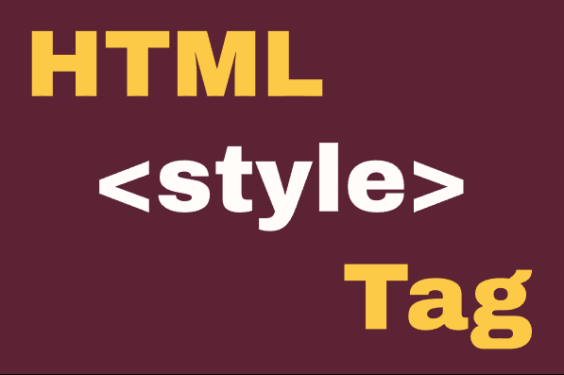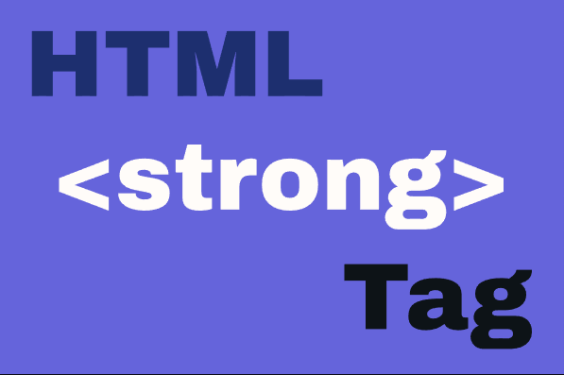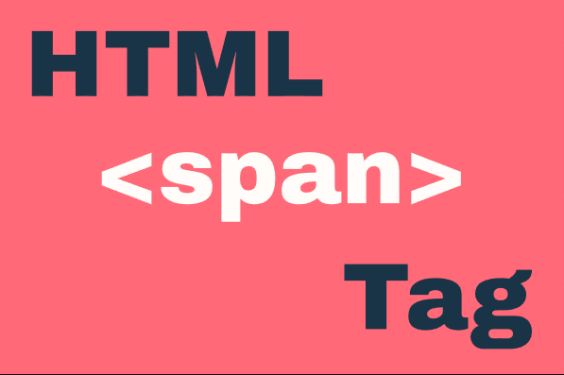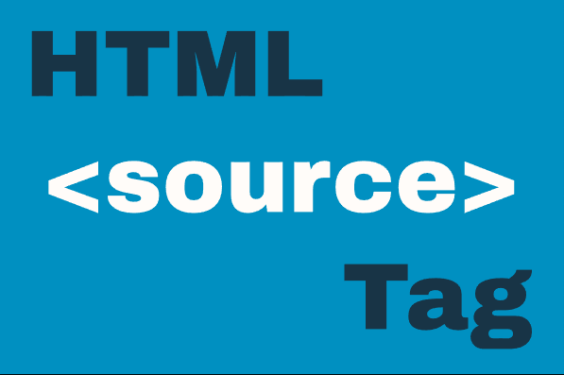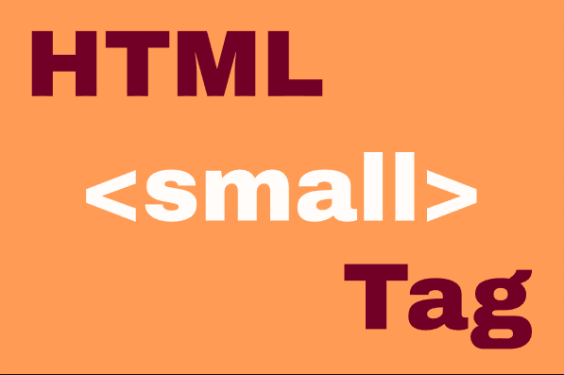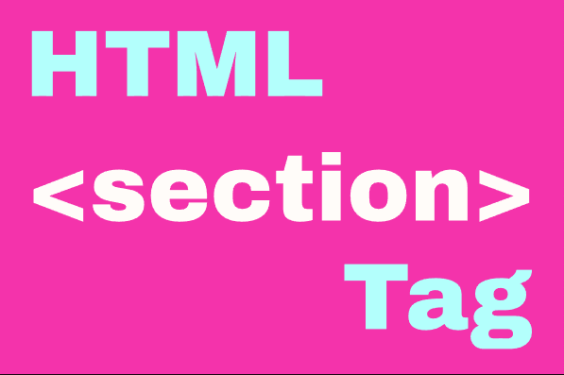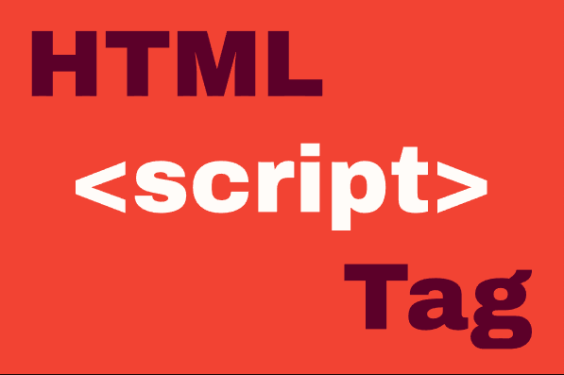HTML <style> Element
Publish in HTML Tutorial el 25/05/2025 16:40
The <style> HTML element contains style information for a document, or part of a document. It contains CSS rules that specify how elements should appear on the page. The <style> element is typically placed inside the <head> section of an HTML document, though it can appear anywhere in the document.
Key characteristics of the <style> element:
- Contains CSS rules that apply to the current document
- Can be used in the <head> or <body> (though <head> is recommended)
- Supports media queries with the media attribute
- Can be scoped to specific parts of the document (though scoped attribute is deprecated)
- Alternative stylesheets can be defined using the title attribute
Basic Syntax
Here’s how a basic <style> element looks in HTML:
Examples of <style> Element Usage
Example 1: Basic Document Styling
This example shows how to use the <style> element to define basic styles for HTML elements.
Example 2: Media Queries
The <style> element can contain media queries to apply different styles based on device characteristics.
Example 3: Keyframe Animations
The <style> element can define CSS animations using @keyframes rules.
Example 4: Dynamic Style Changes with JavaScript
This example shows how JavaScript can interact with the <style> element to modify styles dynamically.
Example 5: Creating and Inserting Style Elements with JavaScript
This example demonstrates how to create and insert new <style> elements dynamically using JavaScript.
Tips and Tricks
- Performance: Place <style> elements in the <head> for better performance as the browser can start rendering styles sooner.
- Specificity: Styles in <style> elements have higher specificity than external stylesheets but lower than inline styles.
- Scoping: While the scoped attribute is deprecated, you can achieve scoping by using specific selectors or CSS methodologies like BEM.
- Dynamic Styles: For complex dynamic styling, consider using CSS variables that can be modified via JavaScript instead of manipulating <style> elements directly.
- Organization: For large projects, consider using multiple <style> elements to organize your CSS (e.g., one for layout, one for typography, etc.).
Browser Support
The <style> element is supported by all browsers. However, some attributes like scoped have limited or no support in modern browsers as they’ve been deprecated.
